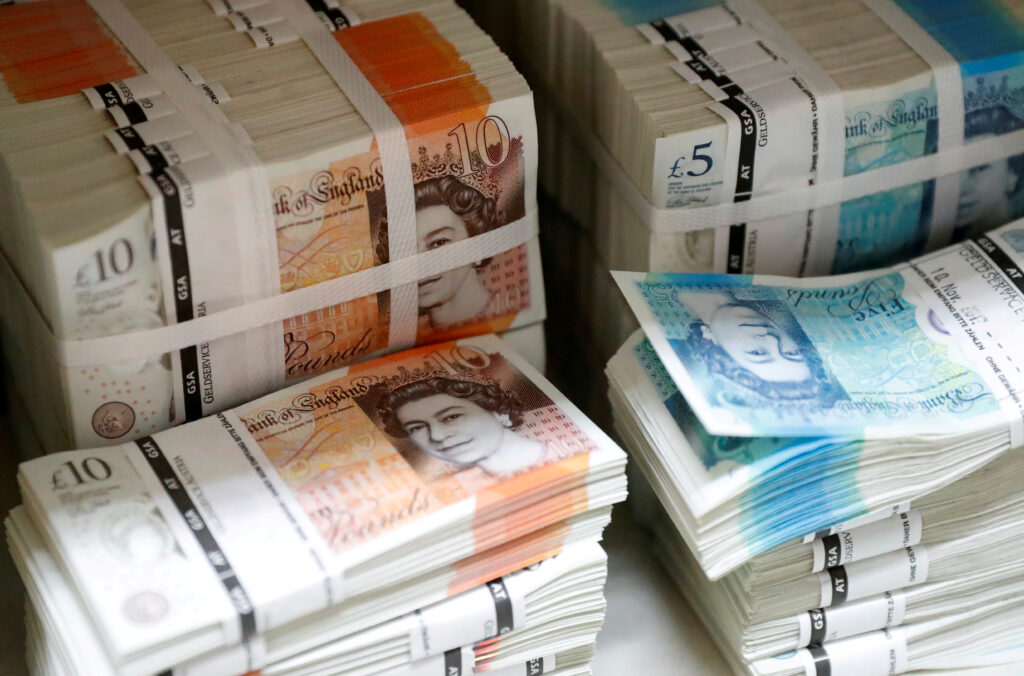The Pound (GBP) experienced further losses on Friday, rounding off a challenging week marked by a deepening contraction in the U.K.’s service sector activity, according to the latest survey. This development has intensified recession fears and fueled expectations that the Bank of England (BoE) has concluded its interest rate hikes.
The Confederation of British Industry’s (CBI) distributive trades survey today could potentially exacerbate GBP’s situation. Indications of persistent weakness in the U.K.’s retail sector might amplify concerns about the country’s economic health. The U.K. services sector, which contributes over 70% to GDP, is under scrutiny as a more pronounced contraction will continue to challenge the buyer appetite for the Pound.
Meanwhile, the Euro (EUR) saw choppy trade last Friday fluctuating broadly against its peers following the release of the latest PMI surveys. Manufacturing activity weakened more than expected, while the service sector score was above forecasts but still pointed to a contraction in activity. An anticipated downtick in German business morale could impact EUR today, with a speech from European Central Bank (ECB) President Christine Lagarde potentially influencing the common currency.
The U.S. Dollar (USD) also lacked a clear trajectory on Friday due to shifting market sentiment leading to some volatility in the safe-haven ‘Greenback’. Mixed results from U.S. PMIs contributed to this uncertainty, with manufacturing beating expectations while service sector activity disappointed. Market risk appetite could influence USD’s movement today. A speech from Federal Reserve hawk Neel Kashkari later today may lend support to USD.
The Canadian Dollar (CAD) initially rose on Friday due to an uptick in oil prices but retracted during the second part of the session as oil prices dipped and Canadian retail sales missed forecasts. With limited CAD data available today, oil price dynamics may continue to influence CAD.
Despite an upbeat market mood, the Australian Dollar (AUD) declined during last night’s session as weaker commodity prices impacted the resource-linked currency.
The New Zealand Dollar (NZD) also weakened on Friday due to declining commodities.
Later today, investors’ attention will be drawn to the Chicago Fed National Activity Index. Economists are forecasting a rise from 0.12 to 0.15 in August. The employment and consumption sub-components of the Index are also of interest, as tight labor market conditions and a pickup in consumption could fuel demand-driven inflationary pressures and support further Fed rate hikes.
Last Friday’s economic indicators have left monetary policy and economic divergence favoring the U.S. dollar. This week, U.S. economic indicators must align with forecasts to maintain pressure on the GBP/USD. Positive U.S. economic indicators could bring sub-$1.22 levels into play for GBP to USD price action.



